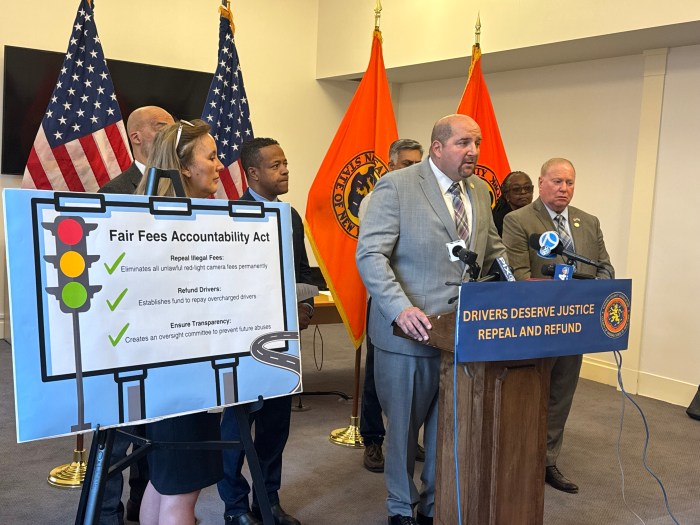Many dog owners are completely unaware of the impact of not picking up after their pet. Some common misconceptions from pet owners are: It’s completely natural and leaving it on the ground to decompose is fine if it’s left where someone can’t step in it.
According to the EPA, pet waste is 57% more toxic than human waste, and in 1991 it was placed in the same health category as oil and toxic chemicals. The EPA also estimates that in two or three days, 100 dogs can produce enough bacteria to close a small bay with a 20 square mile watershed to swimming and fishing. Dog feces contain high concentrations of nutrients (nitrogen and phosphorus), and pathogens (bacteria, viruses, worms and parasites) that can cause serious illness in humans and pets. Dog feces can take up to a year to break down in the environment. Some fecal bacteria can even become airborne. The deposit site can become toxic to both dogs and people. Some pathogens can survive for years; for instance, roundworms and Giardia survive up to four years, E. coli can live up to four months, and salmonella up to six months.
Once on the ground, feces become a non-point source (NPS) pollutant. NPS pollution is caused by rainfall or snowmelt running over and through the ground. As the runoff moves, it picks up and carries away the nutrients and pathogens, and deposits them into groundwater, storm water run-off, streams, rivers and lakes. Unlike most NPS pollutants, pet feces contain pathogens that make people and/or pets sick. Feces from yards and urban areas enter storm water run-off. Feces left in wooded or shoreline areas, such as parks, almost always bypass storm water run-off systems and directly enter waterways.
Nature can easily handle the feces breakdown of wildlife and maintain a balance. Our environment cannot handle and effectively process high concentrations of pet waste, which create an un-natural balance.
If it is buried, it still leaves pathogens on site below the surface, and nutrients and pathogens can still enter the groundwater. Flushing it down the toilet works well (feces only but not a plastic pick-up bag) if you’re on a city sewer system where it can be treated, but septic systems can’t handle the load. Scooping, bagging and disposing of feces in the garbage is the most ecological and responsible way to clean up after your pet. Landfills are specifically designed so that wastes are contained and do not leach into groundwater.
If you care about your community, your home and health, pick up after your dog and dispose of it properly, so you don’t pollute the soil, and keep it out of our waters.
David Paterson





























